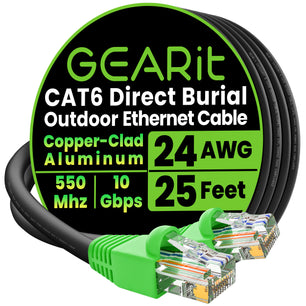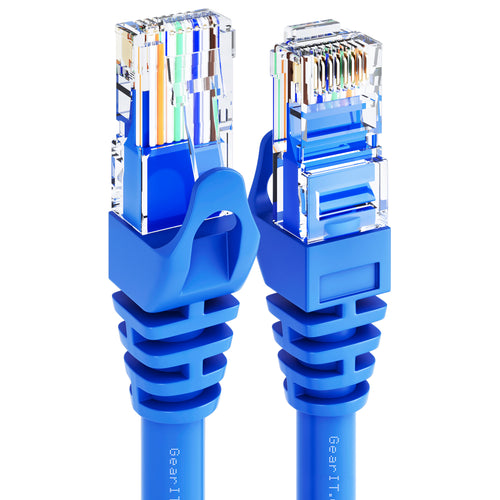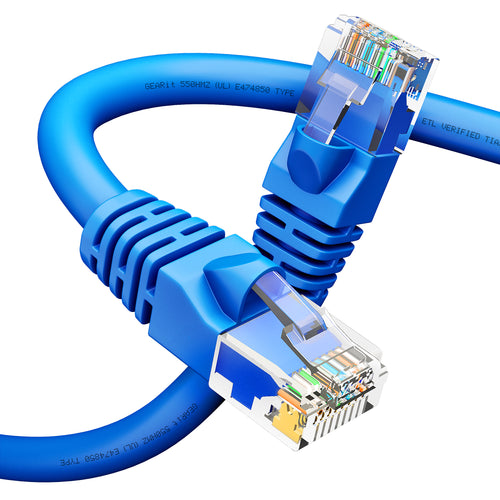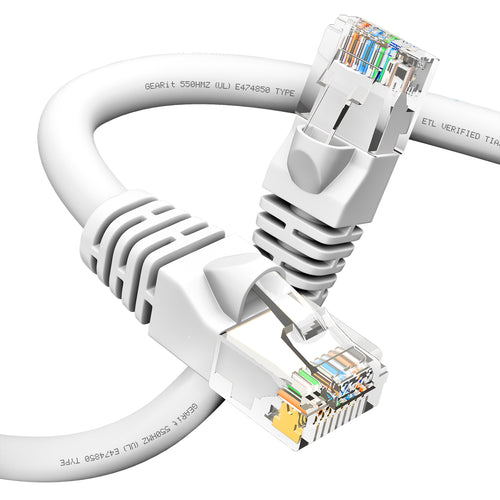
In the vast realm of networking technology, Ethernet cables play a pivotal role in establishing connections between devices and facilitating data transfer. Among the myriad types of Ethernet cables, one particular category stands out: Ethernet patch cables. In this guide, we'll delve into what Ethernet patch cables are, how they differ from other Ethernet cables, and their various applications in modern networking.
What are Ethernet Patch Cables?
Ethernet patch cables, also known simply as patch cables or patch cords, are short-length cables used to connect networking devices, such as computers, routers, switches, and other hardware components. They typically feature connectors, such as RJ45 connectors, on both ends, allowing for easy and secure attachment to Ethernet ports.

How are They Different from Other Ethernet Cables?
1. Length
Unlike long-distance Ethernet cables, such as Ethernet cables used for permanent installations (e.g., in walls or ceilings), patch cables are relatively short in length, usually ranging from a few inches to a few meters.
2. Flexibility
Patch cables are designed to be highly flexible, making them ideal for temporary connections or situations where frequent plugging and unplugging is required, such as in data centers or office environments.
3. Stranded vs. Solid Conductors
Patch cables typically use stranded conductors, which are more flexible and resistant to bending and twisting than solid-core conductors commonly found in longer Ethernet cables. This flexibility ensures durability and longevity, especially in high-traffic areas.
4. Color Coding
Patch cables often come in various colors, such as blue, gray, green, and yellow, allowing for easy identification and organization of network connections. This color coding system simplifies cable management and troubleshooting tasks.
5. Shielding
While some patch cables may feature shielding to minimize electromagnetic interference (EMI) and crosstalk, they are generally not as heavily shielded as longer Ethernet cables designed for outdoor or industrial use.

Applications of Ethernet Patch Cables
1. Local Area Networks (LANs)
Patch cables are commonly used to connect computers, printers, and other networked devices within a LAN, providing high-speed data transmission for file sharing, printing, and internet access.
2. Data Centers
In data center environments, patch cables are indispensable for establishing connections between servers, switches, and storage devices, facilitating efficient data communication and server management.
3. Telecommunications
Patch cables play a crucial role in telecommunications infrastructure, enabling the interconnection of telecommunications equipment, such as modems, routers, and VoIP phones, in both residential and commercial settings.
4. Home Networking
For home users, patch cables are essential for setting up wired connections between routers, gaming consoles, smart TVs, and streaming devices, ensuring reliable internet connectivity and optimal performance.

Fast, Reliable, & Flexible
Ethernet patch cables are versatile networking accessories that provide fast, reliable, and flexible connectivity solutions for a wide range of applications. Whether you're building a LAN, setting up a home network, or managing a data center, patch cables offer the simplicity, convenience, and performance required to meet the demands of modern networking environments. Understanding the distinct characteristics and applications of Ethernet patch cables is essential for maximizing their utility and ensuring seamless network connectivity.



























































